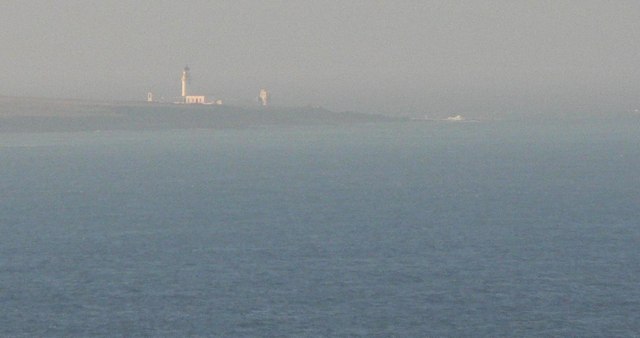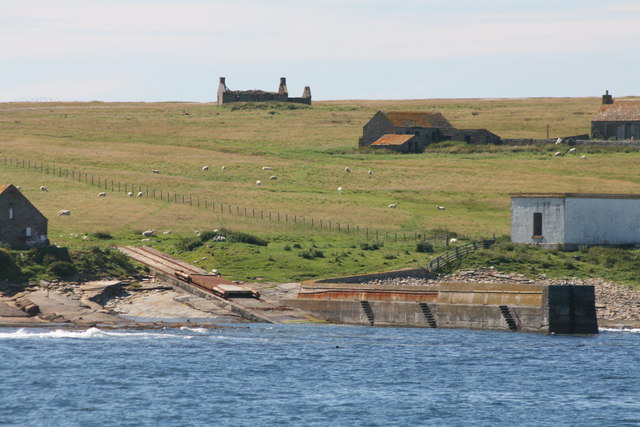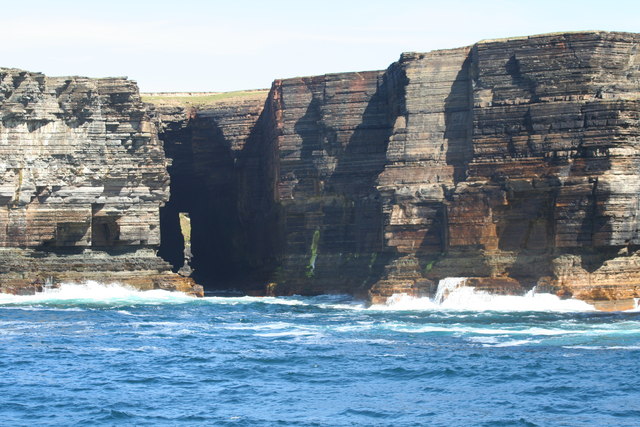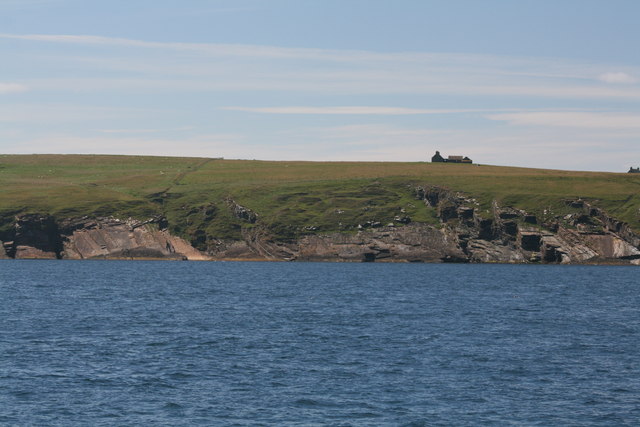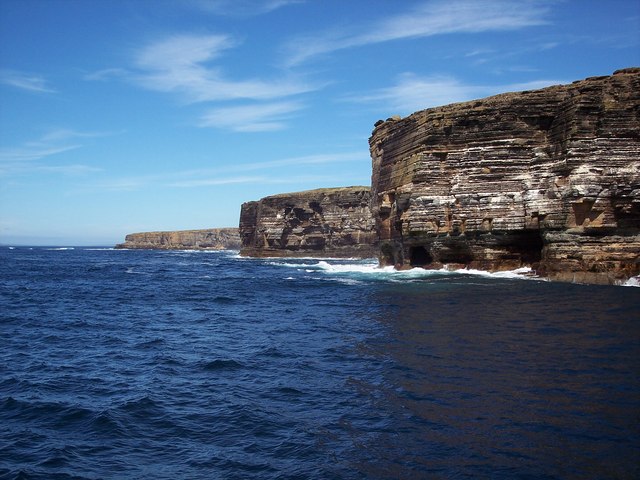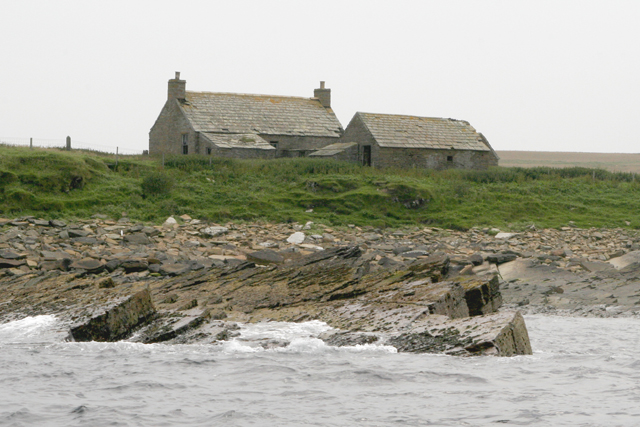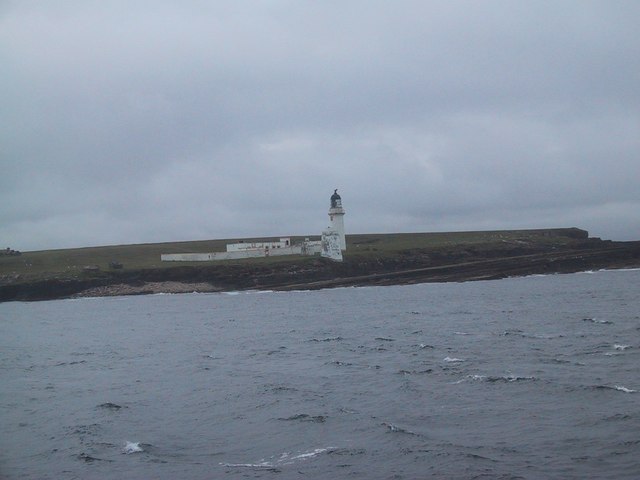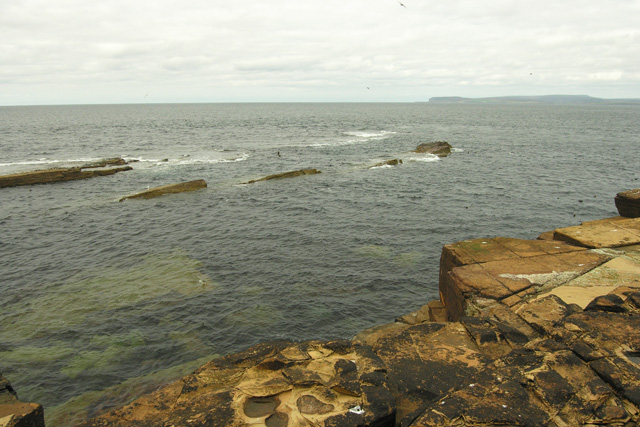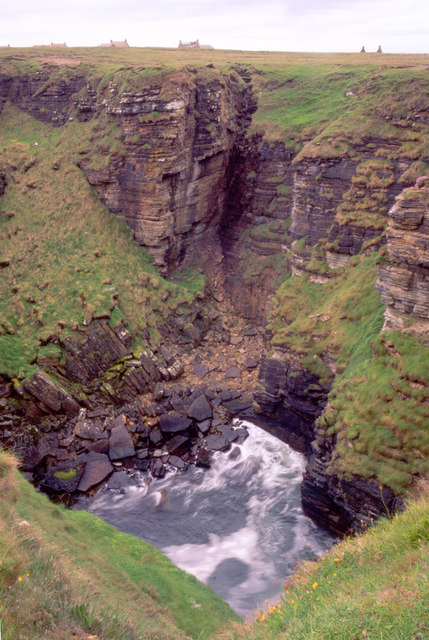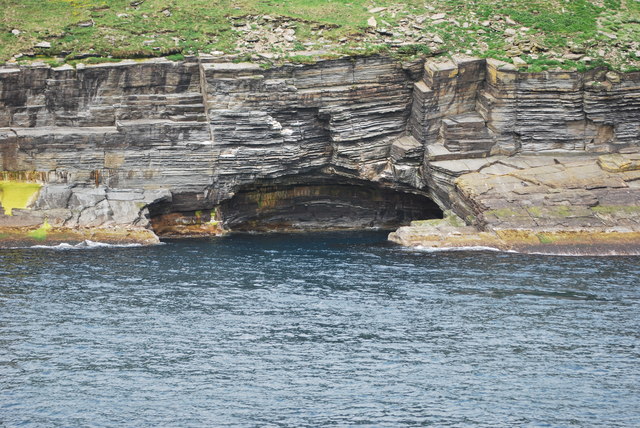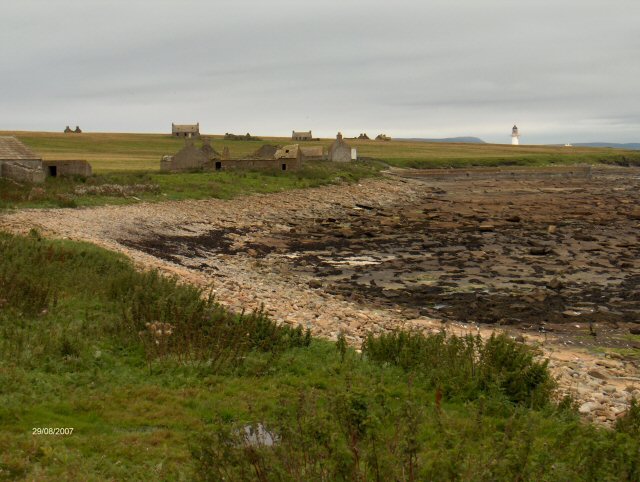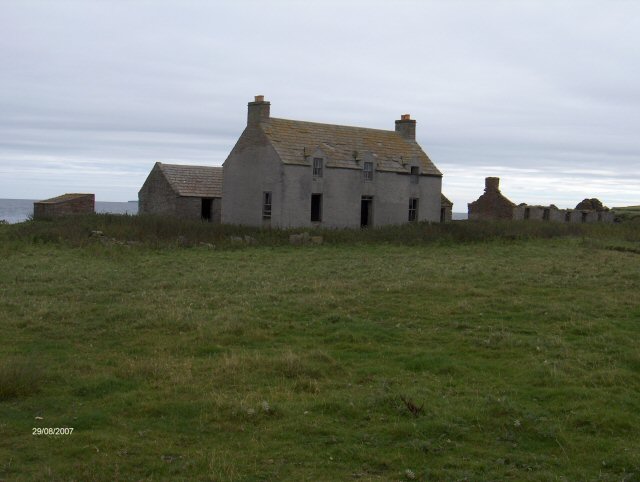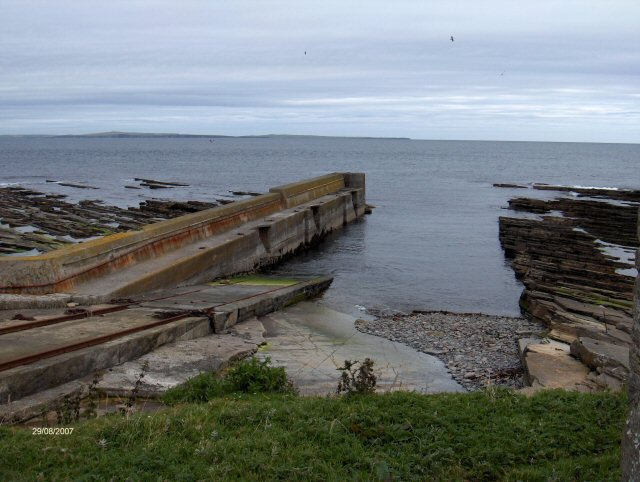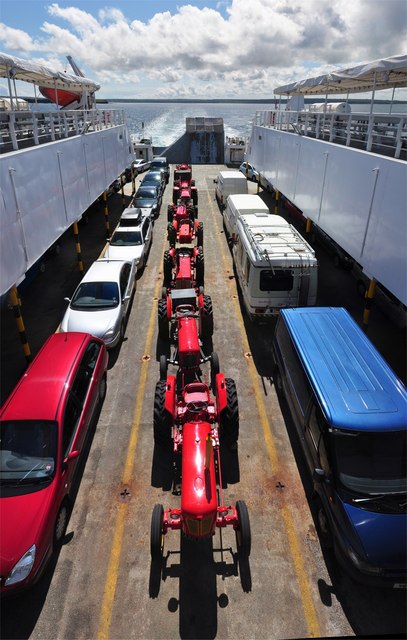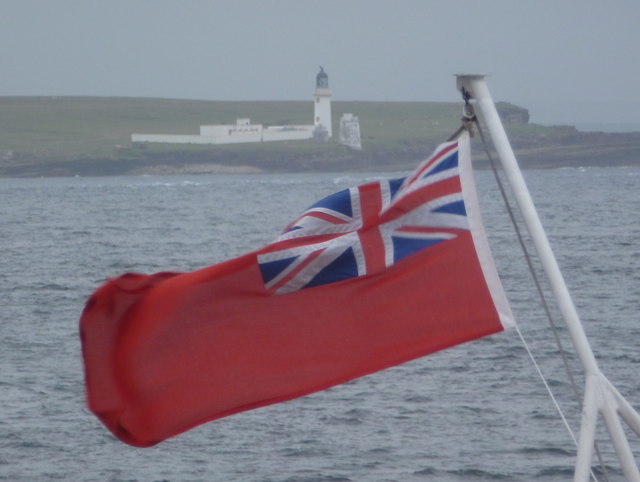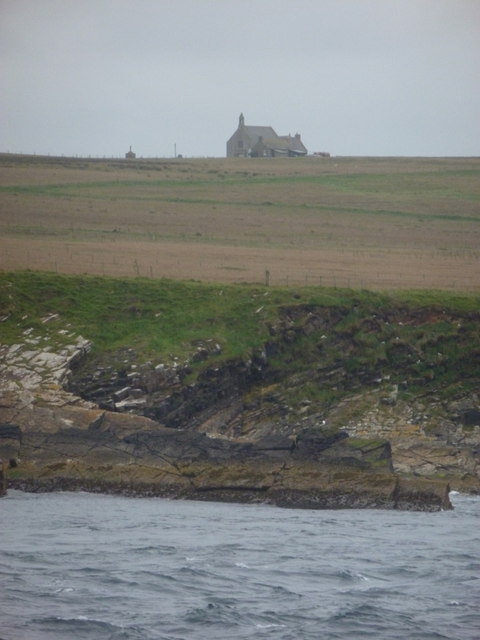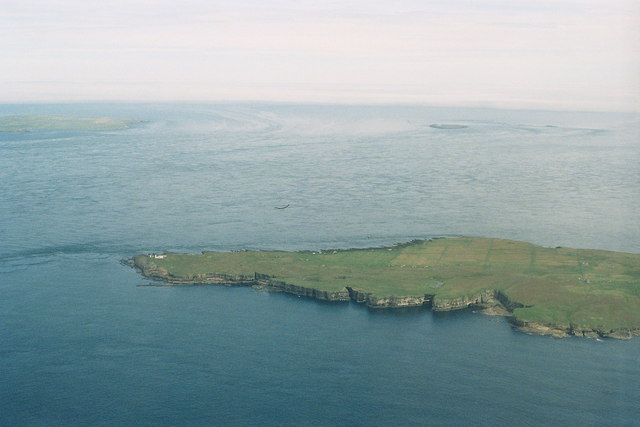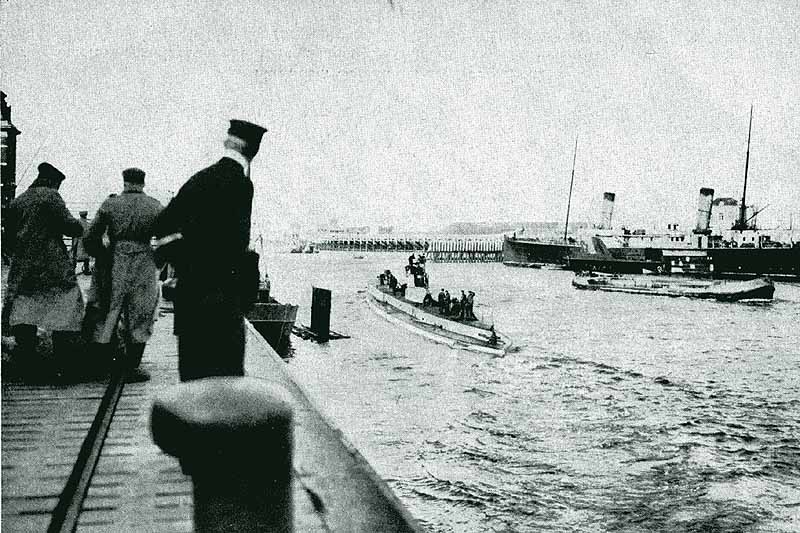Swilkie Point
Coastal Feature, Headland, Point in Caithness
Scotland
Swilkie Point
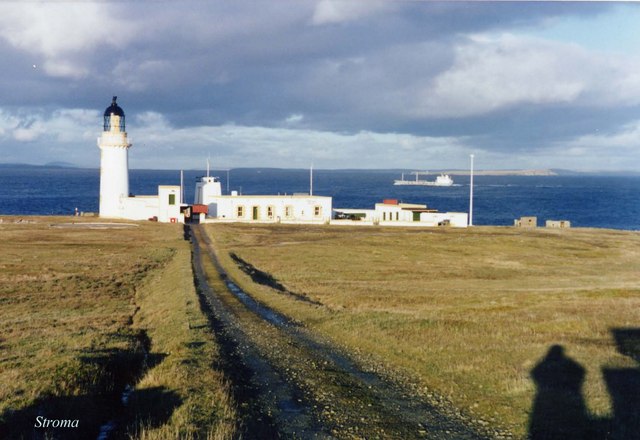
Swilkie Point is a prominent headland located on the northeast coast of Caithness, Scotland. This coastal feature is characterized by its rugged cliffs, stunning views, and rich biodiversity. It is situated just a few miles north of the town of Wick and is easily accessible by a well-maintained footpath.
The headland is formed by resistant sandstone and conglomerate rock layers, which have been shaped by centuries of erosion from the powerful North Sea waves. As a result, the cliffs at Swilkie Point rise dramatically from the sea, reaching heights of up to 100 meters in some areas. These cliffs offer a breathtaking panoramic view of the surrounding coastline and the distant Orkney Islands on clear days.
Swilkie Point is renowned for its diverse wildlife. The area is a haven for seabirds, including puffins, guillemots, and razorbills, which nest in the cliffs during the breeding season. Visitors can often spot these colorful birds diving into the sea or perched on the rocky ledges. The surrounding waters are also home to a variety of marine life, including seals and dolphins, making it a popular spot for wildlife enthusiasts.
In addition to its natural beauty, Swilkie Point has historical significance. The ruins of an ancient broch, a circular stone tower dating back to the Iron Age, can be found on the headland. This archaeological site offers a glimpse into the area's rich cultural heritage.
Overall, Swilkie Point is a captivating coastal feature that combines stunning natural landscapes, abundant wildlife, and historical intrigue. It is a must-visit destination for those seeking a unique and enriching experience on the Caithness coastline.
If you have any feedback on the listing, please let us know in the comments section below.
Swilkie Point Images
Images are sourced within 2km of 58.696635/-3.11515 or Grid Reference ND3579. Thanks to Geograph Open Source API. All images are credited.
Swilkie Point is located at Grid Ref: ND3579 (Lat: 58.696635, Lng: -3.11515)
Unitary Authority: Highland
Police Authority: Highlands and Islands
What 3 Words
///ticking.existence.residual. Near John o' Groats, Highland
Nearby Locations
Related Wikis
Island of Stroma
Stroma is an uninhabited island in the Pentland Firth, between Orkney and the mainland of Scotland. It forms part of the civil parish of Canisbay in Caithness...
SM U-29 (Germany)
SM U-29 was a Type U-27 U-boat of the Imperial German Navy. She served during the First World War. U-29's last commander was Captain Otto Weddigen. U-29...
MV Cemfjord
The Cemfjord was a Cyprus-registered cargo ship which foundered in the Pentland Firth off the north-east coast of Scotland on 2 January 2015. Built as...
MeyGen
MeyGen (full name MeyGen tidal energy project) is a tidal stream energy plant in the north of Scotland. The project is located in the Pentland Firth, specifically...
Nearby Amenities
Located within 500m of 58.696635,-3.11515Have you been to Swilkie Point?
Leave your review of Swilkie Point below (or comments, questions and feedback).
